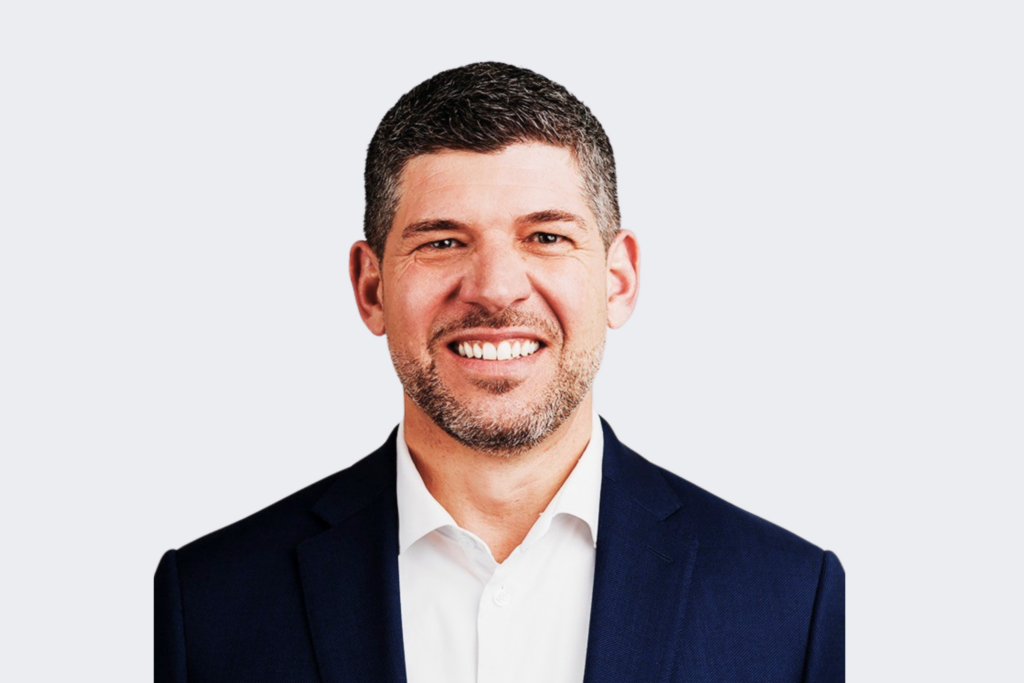Shocks, shifts, and curveballs: Supermodel II reveals an emerging complexity curve within the asset management industry – Des Fullam, Chief Regulatory and Client Solutions Officer

Shocks, shifts, and curveballs: Supermodel II reveals an emerging complexity curve within the asset management industry
Des Fullam, Chief Regulatory and Client Solutions Officer
The asset management industry is in the middle of a super evolution. Amid the shocks of economic slowdowns and trade wars, its leaders are shifting focus to new products and new markets in search of growth. Adversity breeds innovation – and managers are no strangers to finding new opportunities in the melee. But with innovation comes mounting operational complexity, often adding to existing inefficiencies. The result, as our latest Supermodel II findings reveal, is an industry increasingly defined by both ambition and disruption – where growth drivers are multiplying, but so too are the challenges of sustaining them.
Carne spoke to 200 asset management executives during the second and third quarters of this year. What they told us highlights a series of industry shocks, shifts and curveballs that are radically reshaping market structure and strategy.
Europe becomes the growth engine for global fund managers
Supermodel II highlights Europe’s growing significance in global capital allocation. Tariff and trade policy shifts in the US have accelerated European fundraising activity among US-based managers. As a result, 41% of firms tell us that expanding distribution in Europe is a high-priority growth strategy for the next two years – up from 34% in 2024. Among US-headquartered firms, the figure reaches 45%.
Democratisation initiatives such as Europe’s ELTIFs and the UK’s LTAFs are enabling this shift, opening private markets to a broader investor base and reducing some of the structural conservatism that had previously stunted growth in European allocations.
Europe’s renewed appeal lies in a combination of factors: significant scope to increase evergreen private markets funds and active ETFs, more regional divergence in sustainable investment demand, and a more predictable economic outlook than the US.
Private markets pick up pace
Nowhere is the growth narrative clearer than in private markets. In just four years, global private markets assets under management (AUM) have more than doubled, rising from US$7.4 trillion in 2019 to $15.1 trillion by Q4 2023.[1] And this momentum shows no sign of slowing. Some 40% of managers tell us they plan to launch funds in entirely new private market asset classes over the next two years.
What began as a post-crisis shift toward diversification has evolved into a full-scale structural rebalancing. Private markets are moving from the institutional fringe to the mainstream, with wealthy individuals and private banks now joining the pool of investors. That expansion is forcing managers to reassess the scalability of their middle and back offices – and to invest heavily in technology that can handle multi-jurisdictional reporting, valuation and risk management.
Wealth is the next holy grail
According to Supermodel II, both traditional (61%) and alternative (59%) managers see the European wealth segment as a high-priority channel for attracting new flows into private markets products. This represents a profound change in emphasis. The institutional market remains important, but it is the wealth sector – intermediated through private banks and advisers – that many see as the next growth frontier.
However, the wealth channel brings its own challenges. As one global private markets executive noted:
‘Wealth is seen as the next holy grail for asset management. But it’s a different marketplace – different buying behaviours from the private banks and their end clients. There’s a huge focus on educating the private bankers who will have the conversations with their clients, so it’s a labour-intensive distribution channel.’
The wealth segment’s high-touch, education-driven model demands more than distribution capability; it requires investment in data, client servicing and operational resilience, raising the cost of entry.
Active ETFs surge forward
At the same time, active ETFs have become one of the industry’s most dynamic product areas. Managers cite ease of trading, transparency and suitability for digital distribution as major attractions – particularly for wealth managers and retail investors seeking efficiency. Our survey data shows that 51% of traditional managers now rank active ETF development as a top-tier growth priority for the next two years, up from 42% in 2024.
This evolution in product design also marks a shift in mindset: managers are increasingly viewing ETFs as – one European operations executive put it – the ‘wrapper of choice’ for scalable, multi-channel growth.
The search for differentiation is intensifying
With so many managers pursuing similar opportunities, competition has become fierce. Passive markets are saturated, and differentiation increasingly depends on innovation, access and operational agility. The Supermodel II findings paint a picture of managers crowding into high-growth segments such as active ETFs and private wealth. Managers are converging on similar strategies even as margin pressures persist, forcing leadership teams to rethink scale, outsourcing and technology investment.
Our data shows that enabling the acceleration of these growth strategies while improving efficiency is the fundamental challenge facing operation leaders over the next few years.
As a result, the ability to adapt quickly has never been more critical. Supermodel II highlights how recent socio-political shocks – from US tariffs to currency realignments – have tested the responsiveness of operating models, as managers adopt more defensive portfolio postures, increase geographical diversification and hedge their US dollar exposure.
Risk management functions have borne the brunt, with firms increasing reliance on dynamic risk modelling and real-time limit monitoring. At the same time, outsourcing is emerging as a pragmatic route to agility. Frequent shocks and black-swan events underline this need to be agile – and outsourcing operations is being increasingly seen as a crucial enabler of flexibility.
Growth, complexity and the next chapter
Viewed collectively, our Supermodel 2025 findings tell a story of an industry accelerating into opportunity – but weighed down by an emerging complexity curve.
Private markets, active ETFs, and the wealth channel each represent enormous potential. But the cumulative effect is a surge in structural and operational intricacy: new jurisdictions, new investor types, new regulations. That ‘complexity curve’ is now a defining feature of modern asset management – a feedback loop between expansion and operational strain. Our research highlights an emerging divide between those with the operational muscle to scale and conquer that complexity – and those who’ll be left behind.
Uncover where you sit on the complexity curve and hear more from the asset managers we surveyed – download the report now.
All references are to Supermodel 2025 data, unless otherwise given.
[1] Preqin data; Carne group analysis








